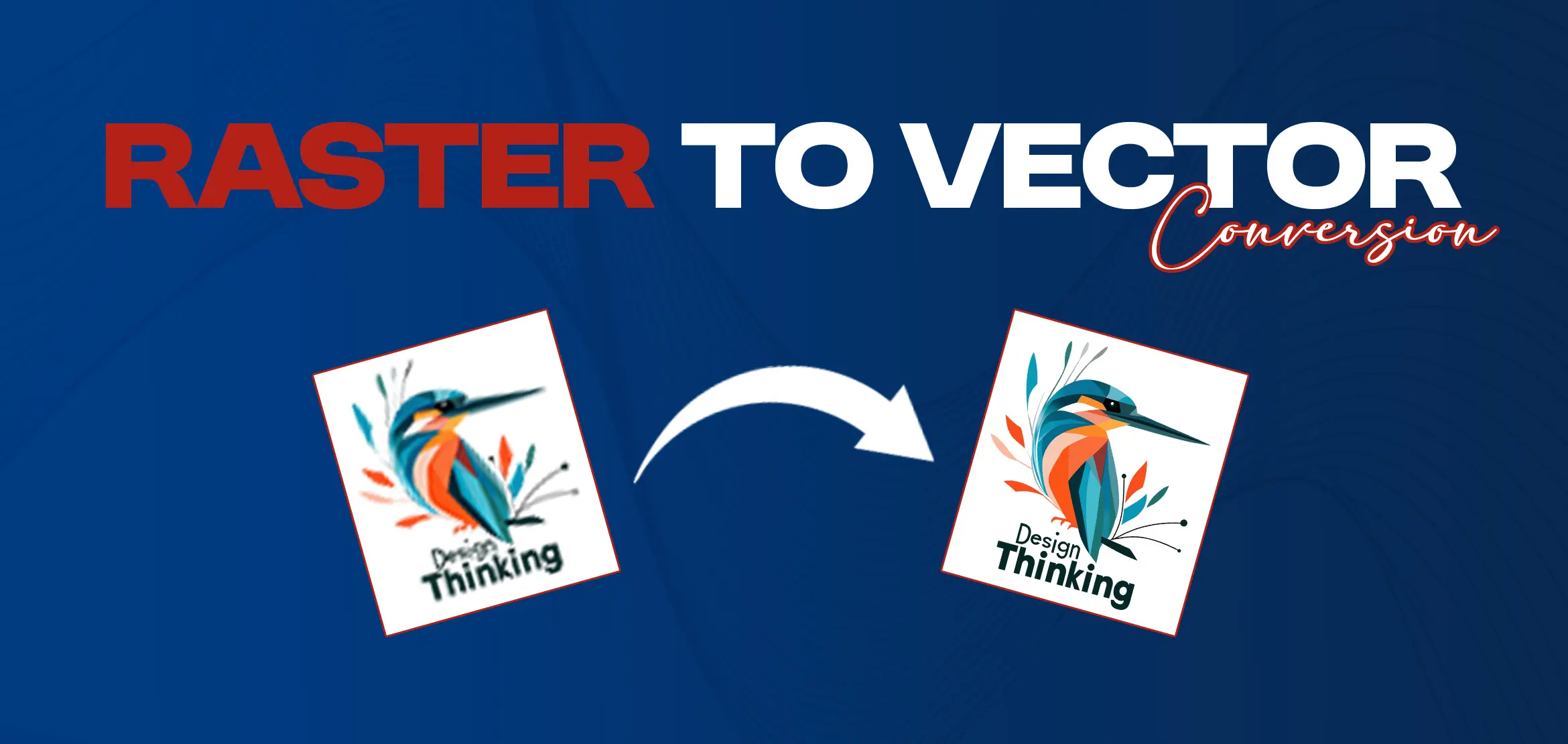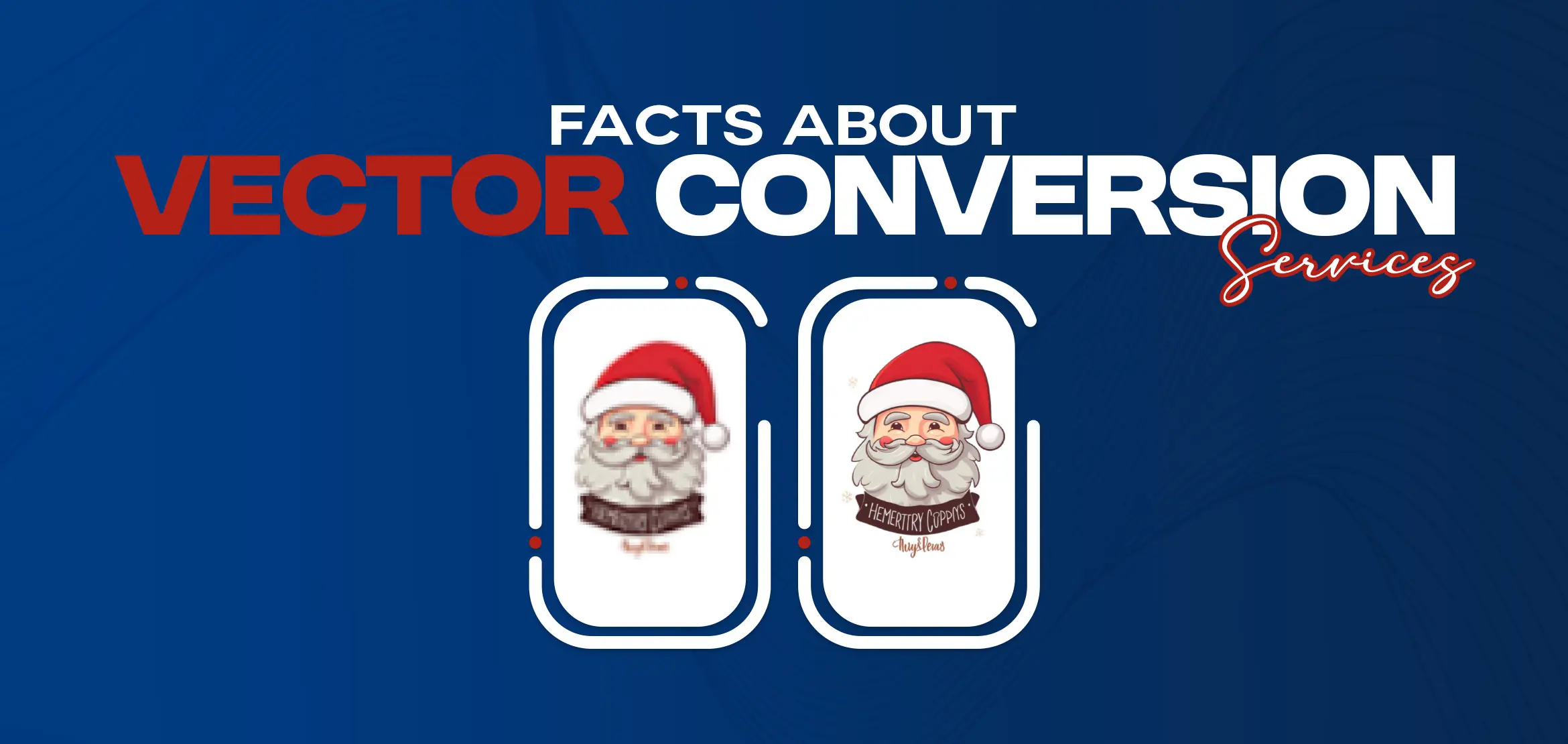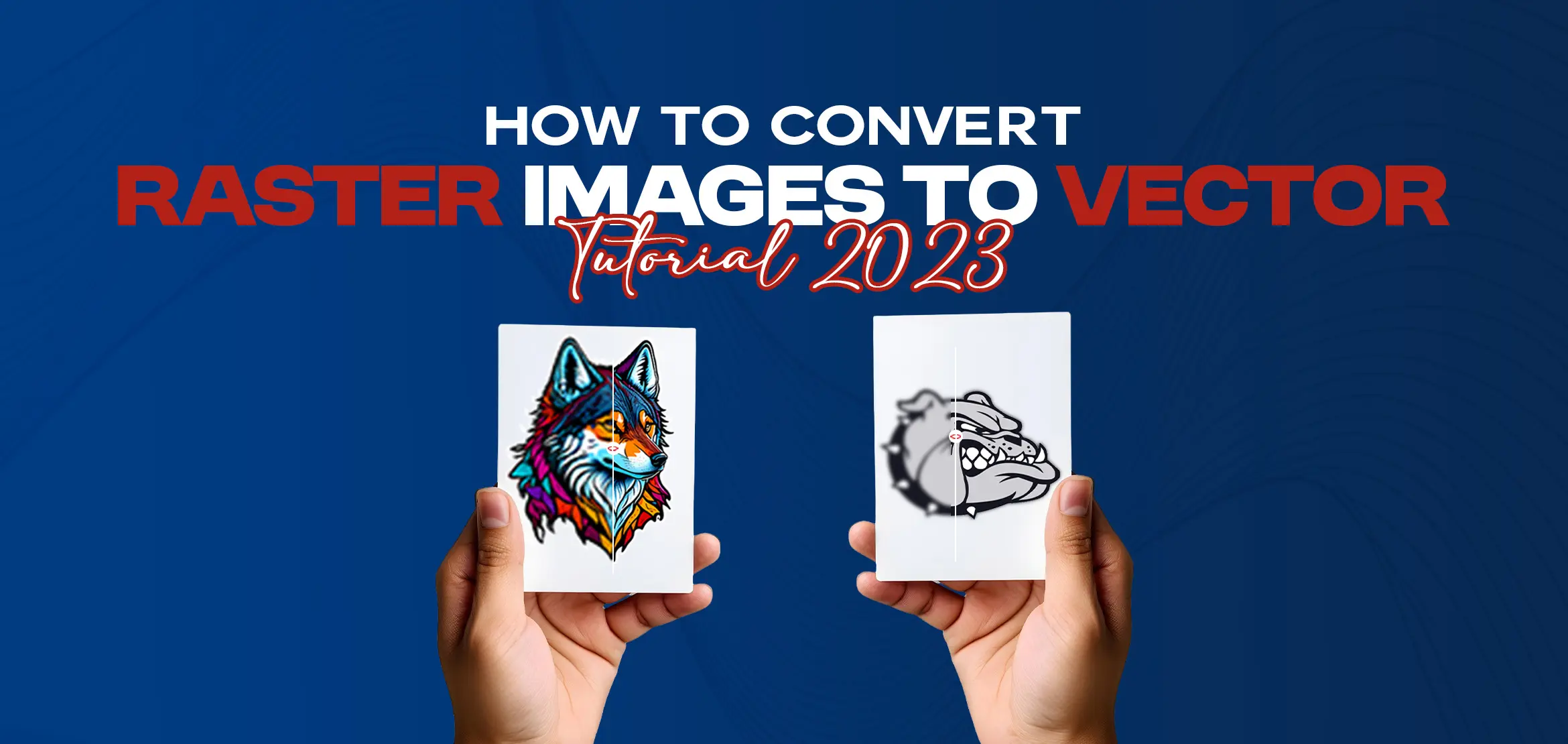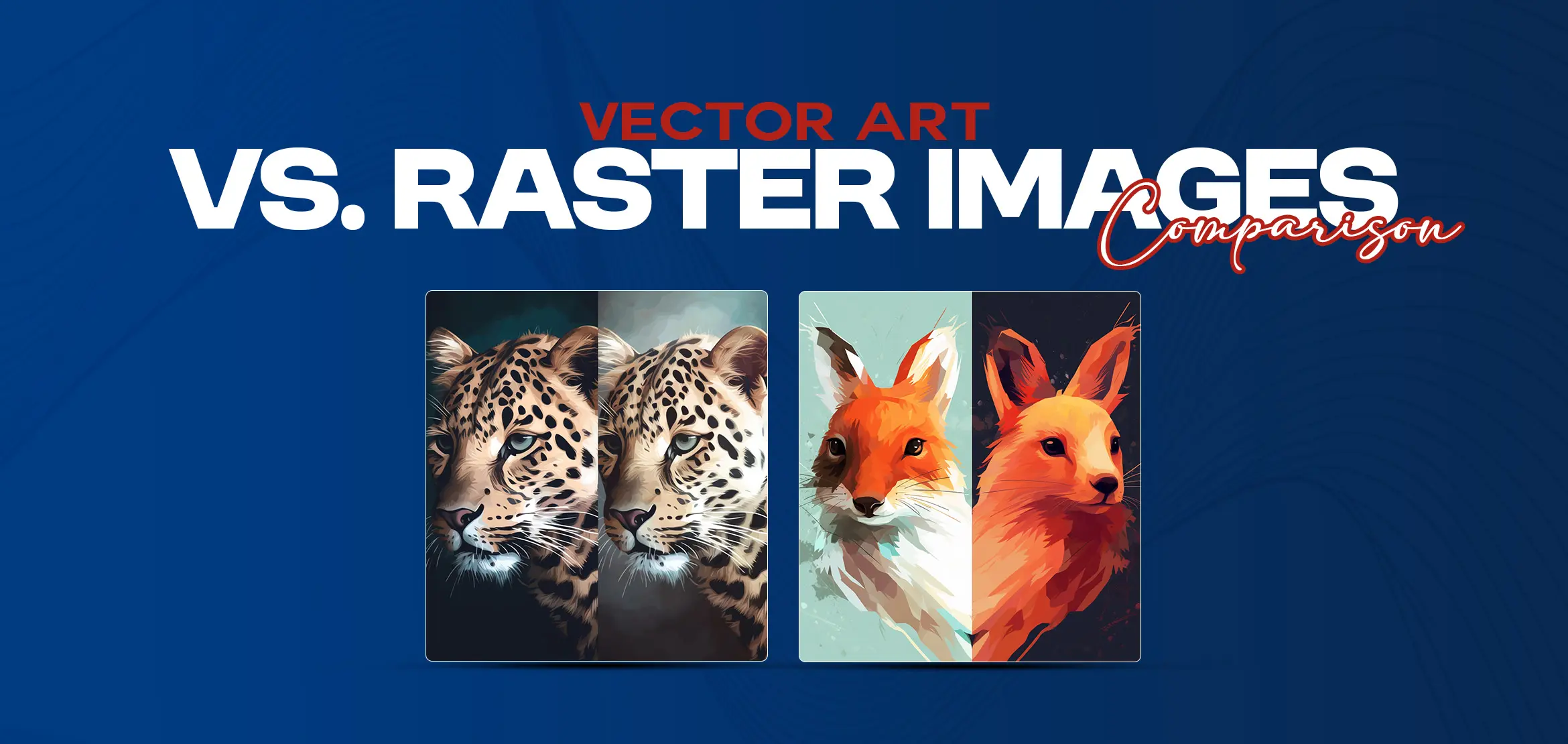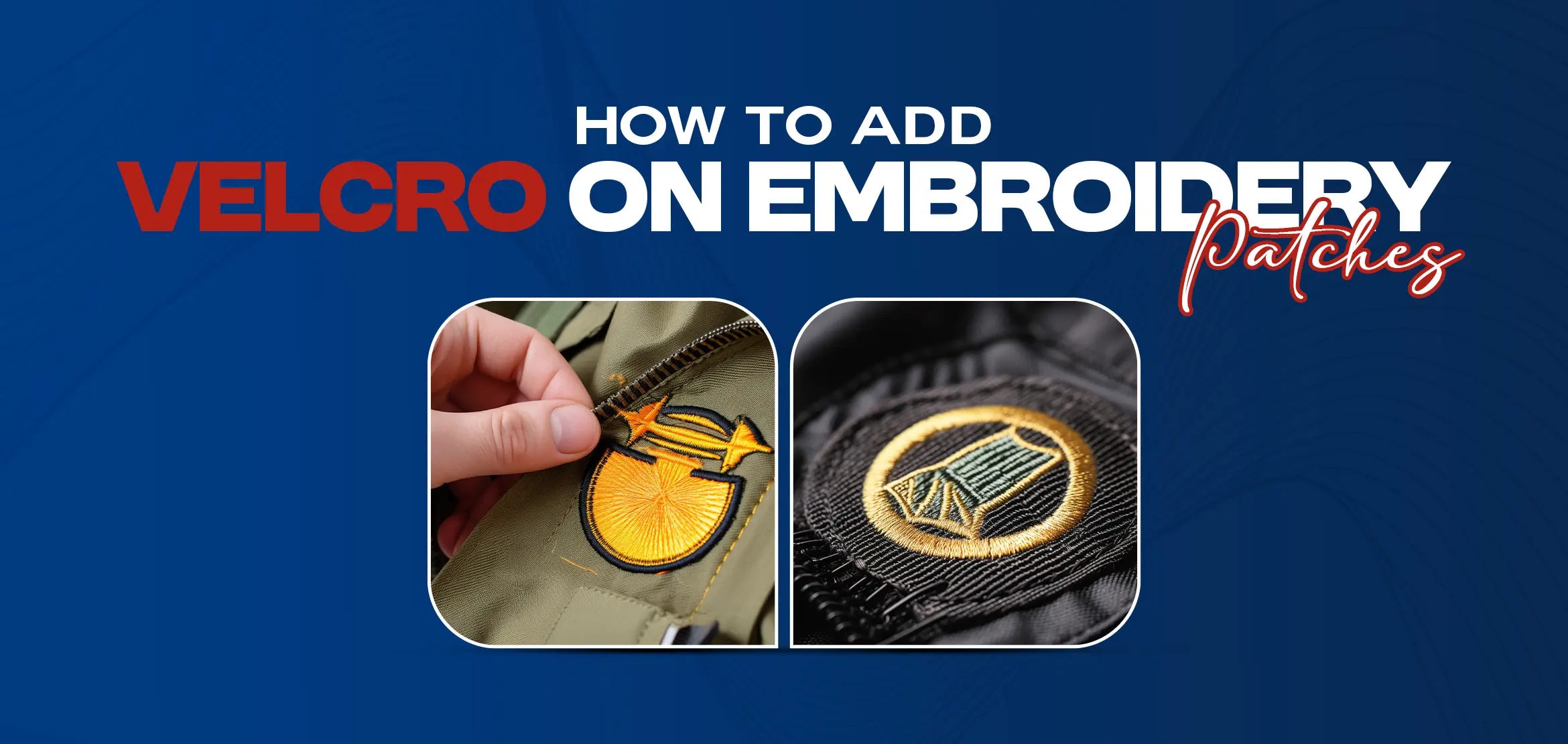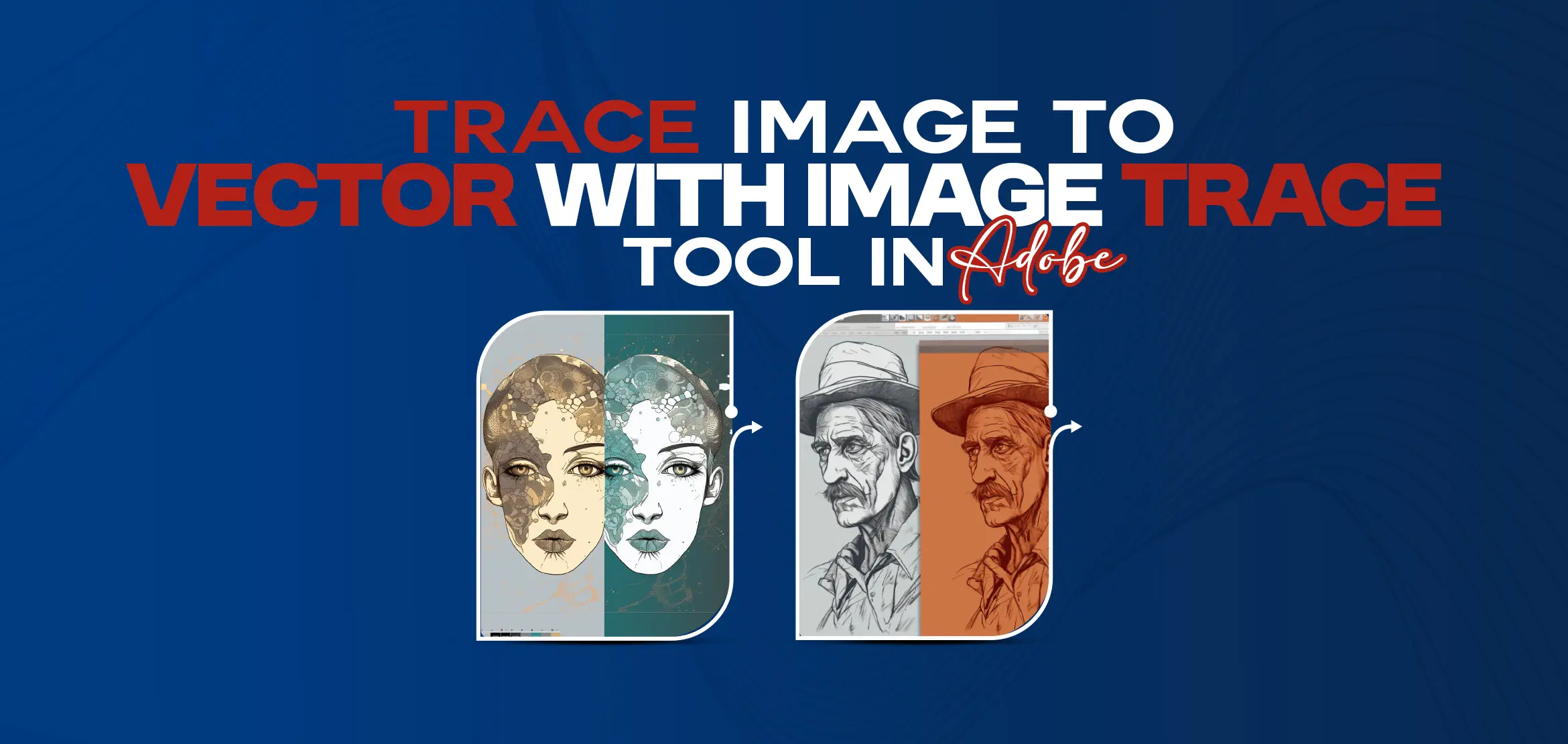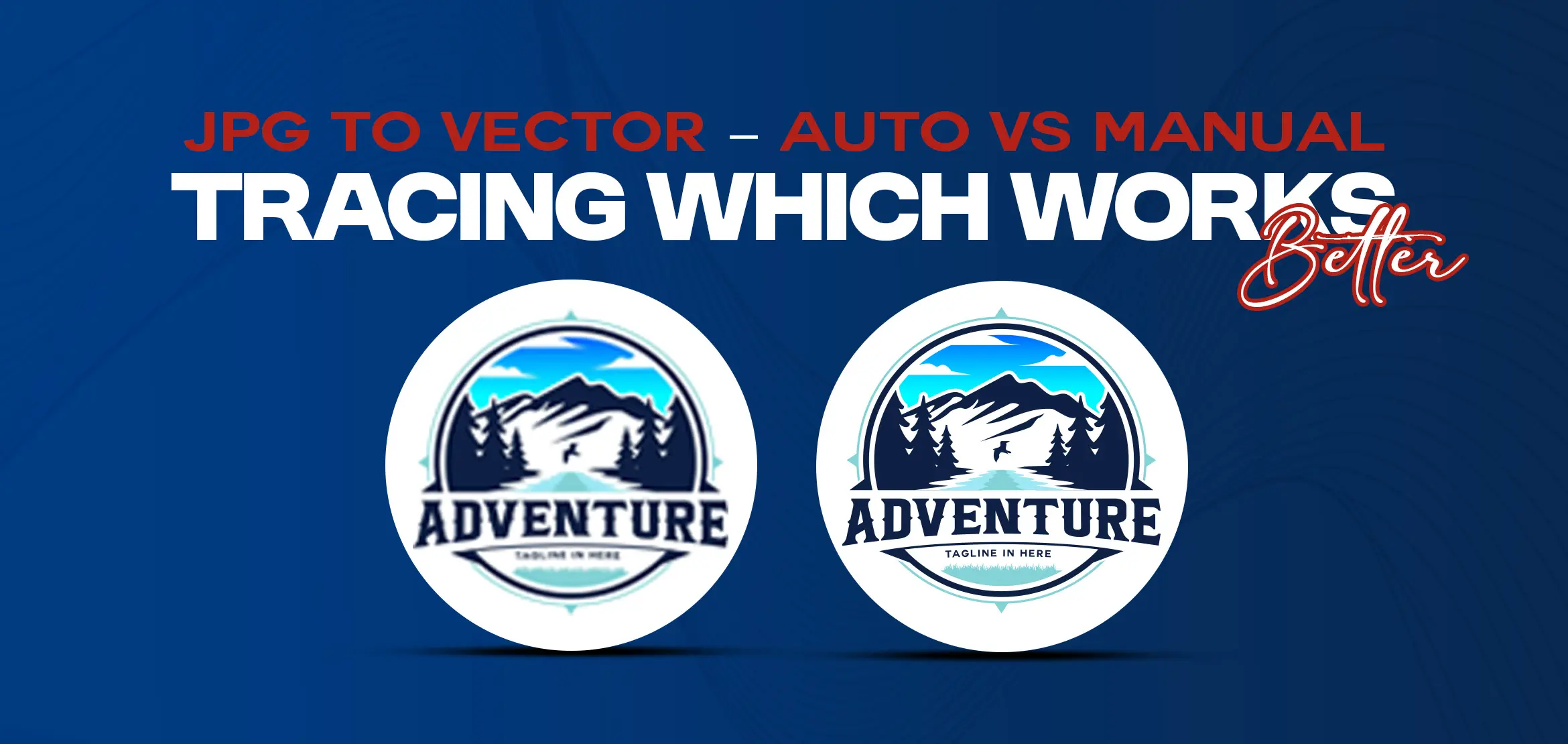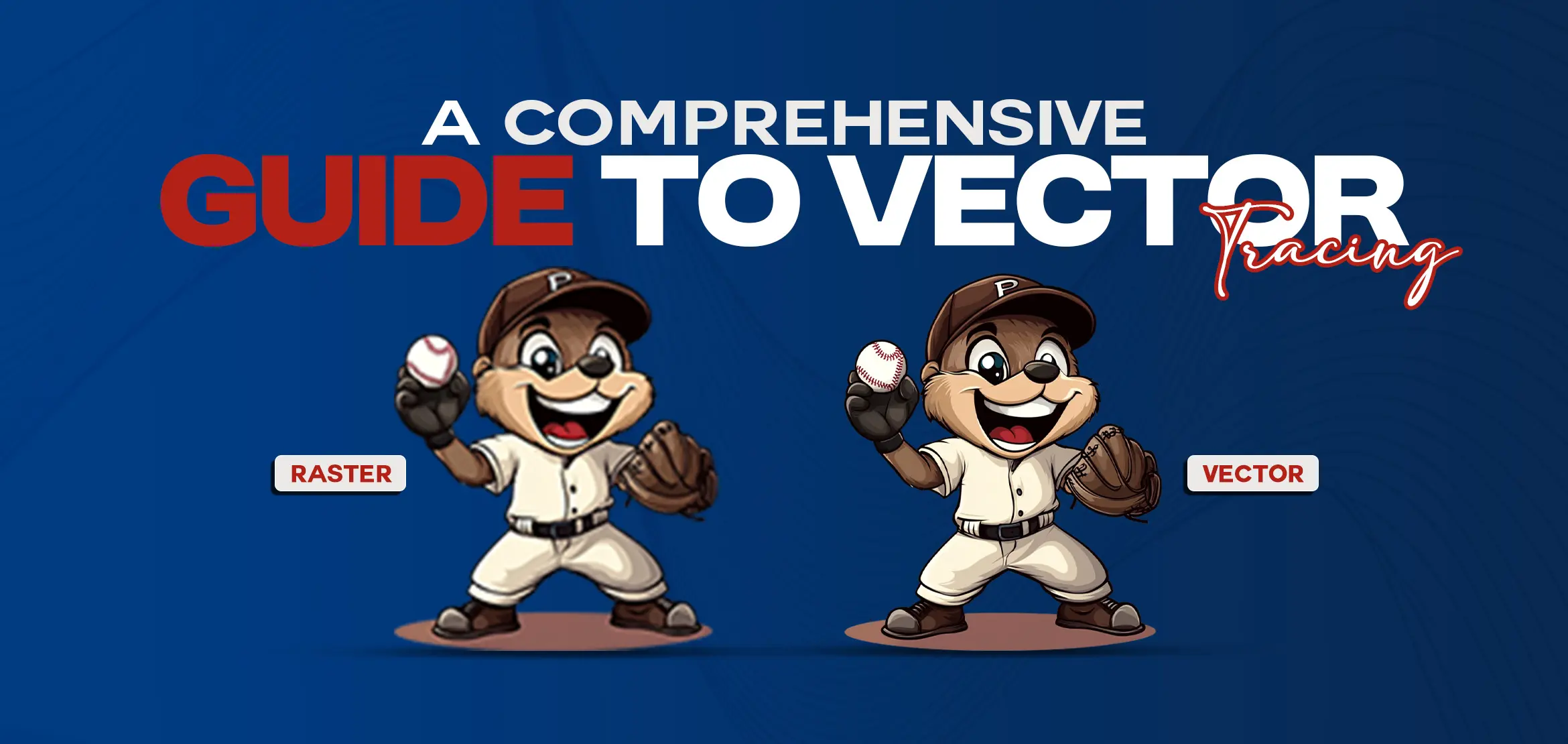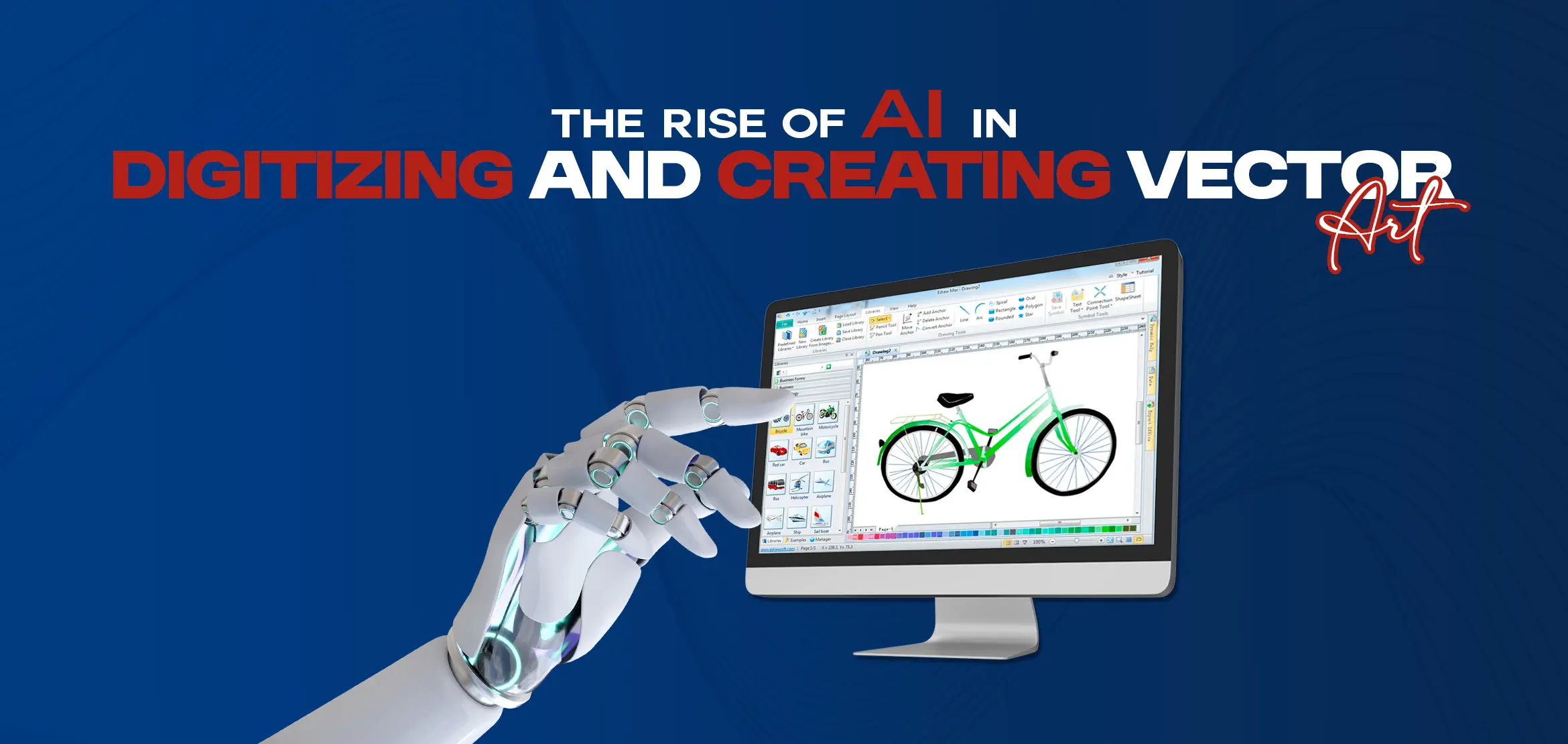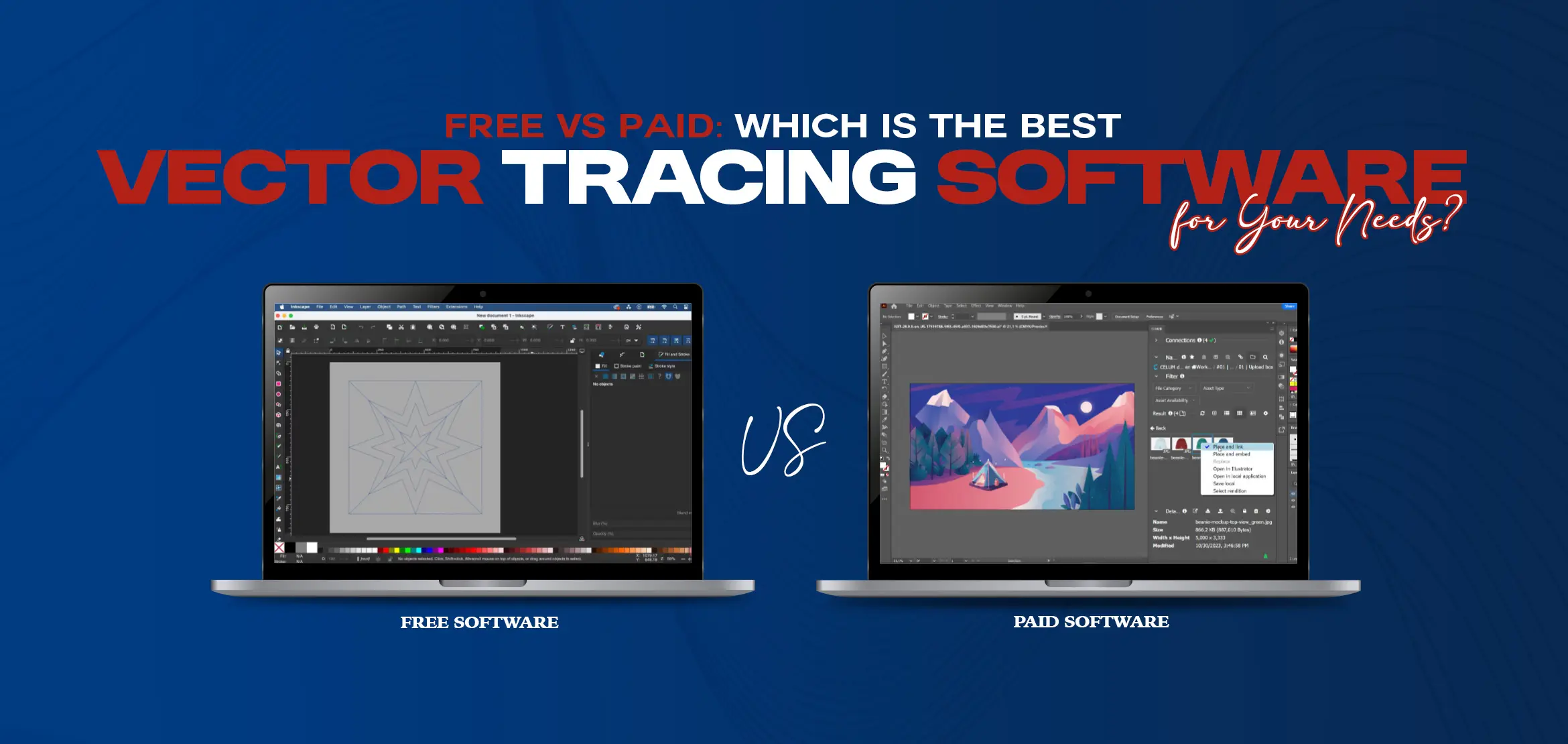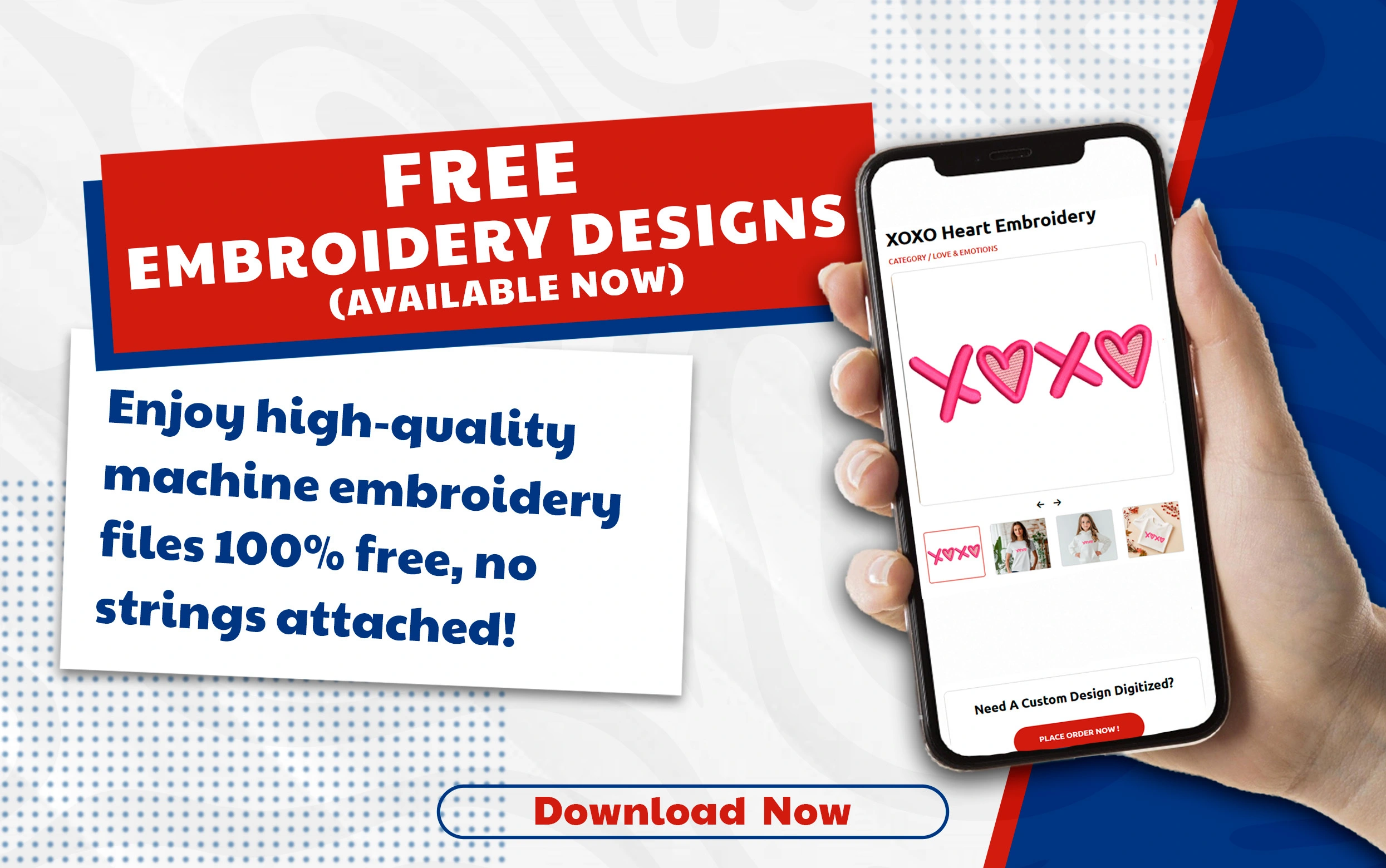
Which Is Best For Design Needs, Vector Art Or Raster Art
Table Of Content
- Understanding Vector Art
- 1. Scalability
- 2. Editability
- 3. File Size
- 4. Precision
- 5. Versatility
- Limitations of Vector Art
- 1. Complexity
- 2. Limited Photorealism
- 3. Learning Curve
- Understanding Raster Art
- Advantages of Raster Art
- 1. Photorealism
- 2. Effects
- Raster-based software offers a wide array of filters, brushes, and effects that can enhance and manipulate images creatively.
- 3. Intuitive Editing
- 4. Compatibility
- Limitations of Raster Art
- 1. Resolution Dependency
- 2. File Size
- 3. Lack of Scalability
- 4. Limited Editability
- Choosing the Right Format for Your Design Needs
- Conclusion
In the world of digital designs, two primary formats dominate the landscape: vector art and raster art. Both have their unique characteristics, advantages, and limitations, making the decision between them crucial for designers. Whether you're a professional graphic artist, a hobbyist, or a business owner seeking design solutions, understanding the differences between vector and raster art is important. This blog aims to delve into the complexities of both formats to help you make informed decisions about which one best suits your design needs. Vector art is created using mathematical equations and geometric primitives (points, lines, curves, and shapes) instead of pixels. These equations define the artwork's properties such as color, shape, and position, allowing it to be infinitely scalable without losing quality. Popular vector-based software includes Adobe Illustrator, CorelDRAW, and Inkscape. Advantages of vector art: Vector graphics can be scaled to any size without losing quality, making them ideal for large-format printing such as billboards or small-scale designs like logos on business cards. Vector graphics are composed of individual objects and paths and they are easily editable. Designers can manipulate shapes, colors and other elements without compromising quality. Vector files tend to be smaller compared to raster files, making them easier to share and store. Vector graphics allow for precise control over shapes and lines, enabling complex and detailed designs. Vector art is suitable for a wide range of design projects, including logos, illustrations, typography and more. At Digitizing USA, we specialize in providing professional vector art services across the USA with fast turnaround times of just 2 to 6 hours. Whether you need your logo converted to vector for sharp, scalable printing or want a clean design for embroidery digitizing, our team ensures high-quality results every time. Creating complex textures and realistic effects in vector art can be challenging compared to raster art. Vector graphics are not well-suited for capturing photographic detail or natural textures. Mastering vector-based software requires time and practice, especially for beginners. Raster art, also known as bitmap or pixel-based art, is composed of a grid of individual pixels, each assigned a specific color value. Common raster-based software includes Adobe Photoshop, GIMP, and Procreate. Raster graphics excel at capturing complex details, textures, and photographic elements, making them suitable for digital paintings, photo editing, and realistic illustrations. Many designers find raster-based editing more intuitive, especially those familiar with traditional art mediums like painting and drawing. Raster files are widely supported across various platforms and devices, ensuring easy sharing and compatibility. Raster images have a fixed resolution, leading to loss of quality when scaled up. Enlarging raster graphics beyond their native resolution results in pixelation. Raster files, especially those with high resolutions, can be large and cumbersome to manage. Unlike vector graphics, raster images cannot be scaled infinitely without sacrificing quality. Editing raster graphics extensively may result in degradation of image quality, especially with repeated transformations and adjustments. Picking between vector and raster art depends on how you plan to use your design and the results you want to achieve. Here are key factors to guide your choice: Project Purpose: For logos, signage, or designs that need to be scaled to any size without losing quality, choose vector art. For realistic textures, photographs, or detailed paintings, go with raster art. Artistic Style: Clean lines, shapes, and flat colors are best handled in vector format. Shading, gradients, and complex color blending work better in raster. Editing Needs: Vector files can be edited repeatedly without losing clarity, while raster files may lose quality if altered too many times. Output Medium: Large prints like billboards benefit from vector graphics, while web graphics, photos, and social media images are usually better in raster. Skill Level: If you’re skilled with Adobe Illustrator or CorelDRAW, vector graphics will feel natural. If you prefer Photoshop, GIMP, or Procreate, raster might be easier. Choosing the right format ensures your design stays sharp, professional, and perfectly suited for its intended use. Both vector art and raster art have distinct advantages and limitations, making them suitable for different design needs. Vector graphics excel in scalability, precision, and versatility, making them ideal for logos, illustrations, and designs requiring scalability. On the other hand, raster graphics shine in capturing photorealistic detail, texture, and effects, making them perfect for digital paintings, photo editing, and realistic illustrations. Digitizing USA is here to help you make the right choice for your projects by delivering high-quality vector conversion services across the USA with fast turnaround times of just 2 to 6 hours. Whether you’re running a business looking for professional branding or an individual seeking custom artwork, we ensure your designs are sharp, scalable, and ready for any application. Place your order today and experience the difference. Understanding Vector Art
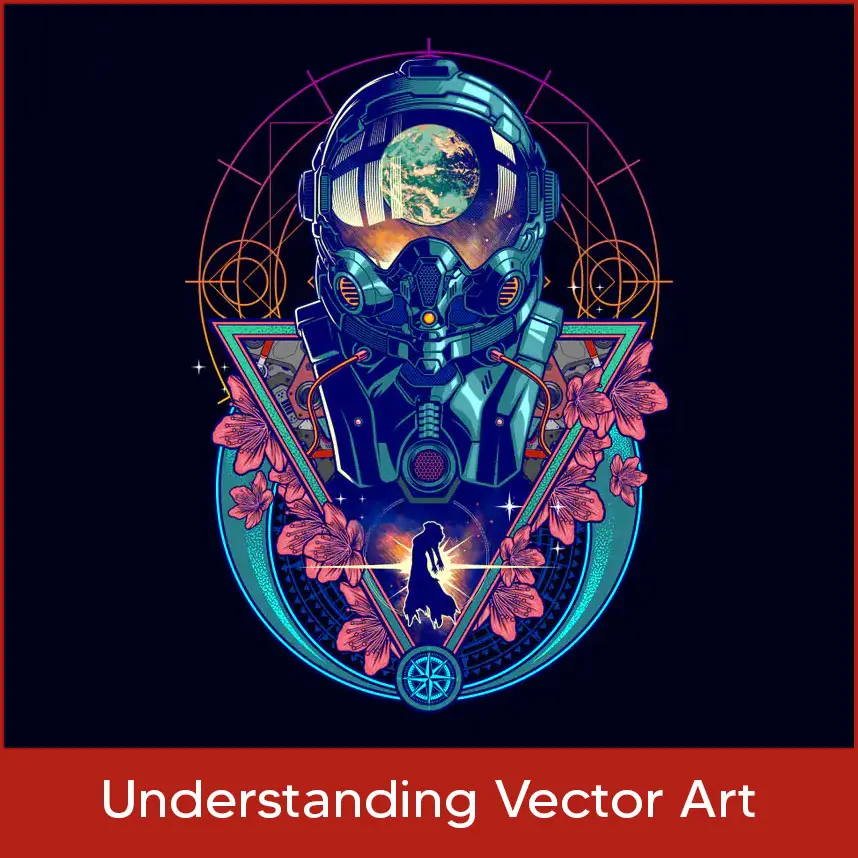
1. Scalability
2. Editability
3. File Size
4. Precision
5. Versatility
Limitations of Vector Art
1. Complexity
2. Limited Photorealism
3. Learning Curve
Understanding Raster Art
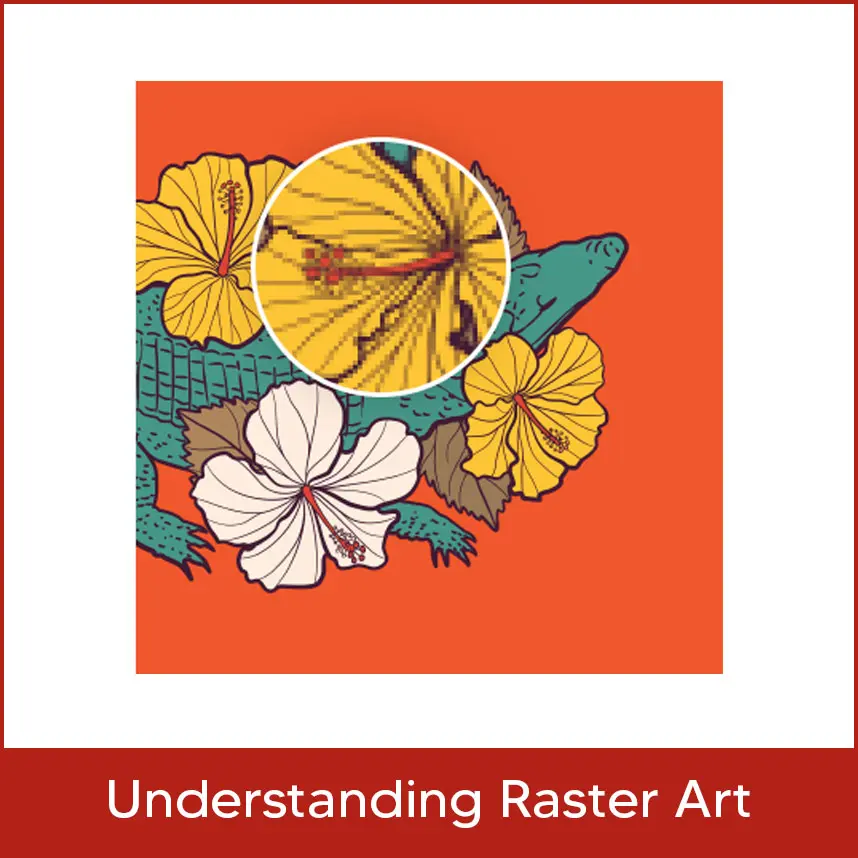
Advantages of Raster Art
1. Photorealism
2. Effects
Raster-based software offers a wide array of filters, brushes, and effects that can enhance and manipulate images creatively.
3. Intuitive Editing
4. Compatibility
Limitations of Raster Art
1. Resolution Dependency
2. File Size
3. Lack of Scalability
4. Limited Editability
Choosing the Right Format for Your Design Needs
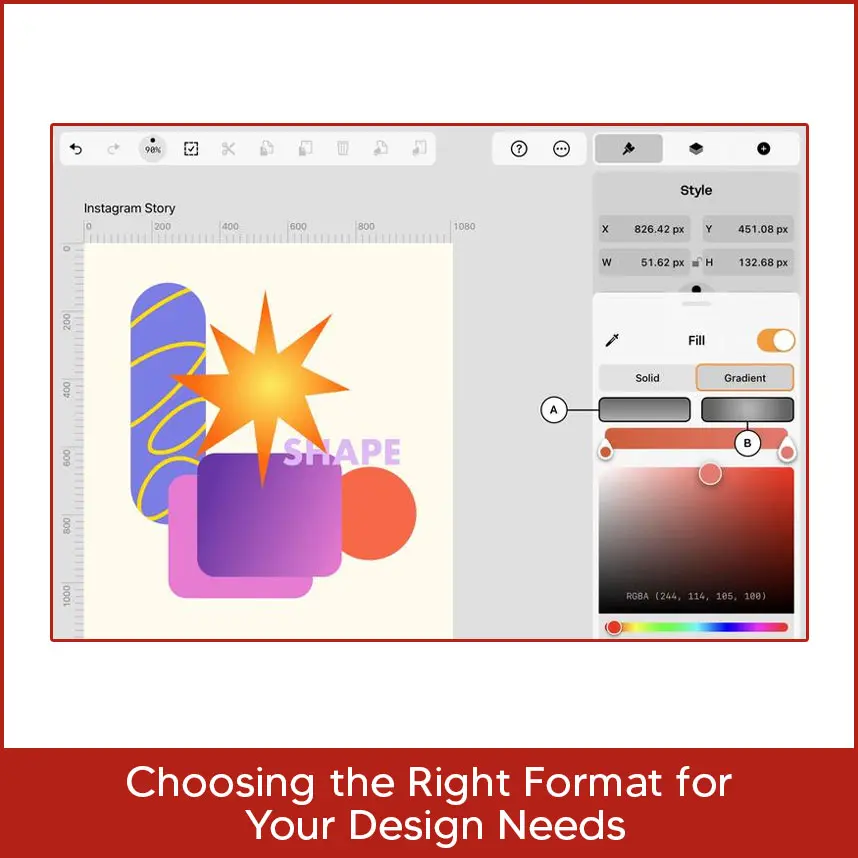
Conclusion
